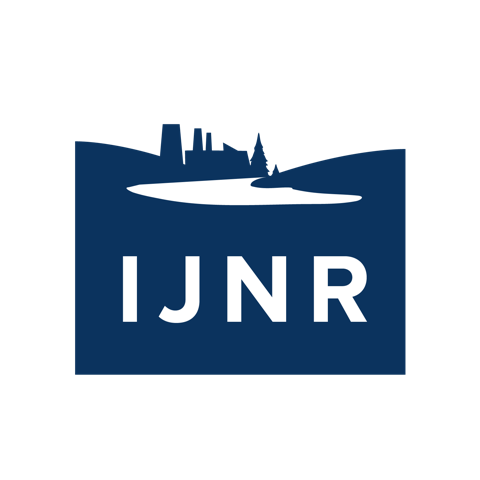September 25: Dam Removal, AOCs, and Cultural Revitalization
Tearing Down a Dam and Rebuilding Ecological and Cultural Communities
The Akwesasne territory covers a large swath of land straddling the U.S. and Canadian border and the confluence of three rivers – the St. Lawrence, the St. Regis and the Raquette. In the 1920s, the Hogansburg Hydroelectric Dam was constructed across the St. Regis, cutting off spawning habitat to fishes like salmon and sturgeon and virtually wiping out important indigenous fisheries. In 2016, however, the 100-meter-long dam came down and the St. Regis Mohawk Tribe became the first Native American tribe to decommission a federally licensed dam. The removal of the dam reopened more than 500 miles of the St. Regis and its tributaries to fish passage and provided one small step toward reclaiming some of the resources and territory taken from the Akwesasne by European settlers. We met the man who led the removal project and headed out to where the dam used to be to get an update on how the river has responded and hear about efforts in the state of New York to promote fishery health and conserve more habitat along the St. Lawrence and its tributaries.
Recovering from a Toxic Legacy: Corporate Settlements and Clean Up on the St. Lawrence
Of course the Hogansburg Dam wasn’t the only impact European settlement and industry had on Akwesasne waters. For decades, three major corporations– General Motors, Alcoa and Reynolds Metal – operated plants right upstream of Akwesasne territory and discharged their industrial waste downstream. The result was sediments full of heavy metals and PCBs and the designation of that particular section of the river as an Area of Concern. Three sovereign nations — the St. Regis Mohawk Tribe at Akwesasne, the United States and Canada — share authority over the St. Lawrence AOC. We heard about where clean-up efforts stand, and what remains to be done.
The Akwesasne’s Ambitious Plan to Turn Habitat Degradation into Cultural Preservation
After a welcome, orientation and lunch at Akwesasne’s Thompson Island camp, we heard the story of the ambitious cultural preservation program that the Akwesasne launched with settlement money from the Alcoa and Reynolds Metal plants. Hoping to do more than simply restore habitat, the Akwesasne decided to reconnect their citizens to traditional resources and knowledge through an apprenticeship program pairing elders with aspiring practitioners of basketmaking, hunting, fishing, native-language speaking and more. We also learned about traditional medicines from Akwesasne practitioners, and went on a guided walk to learn about the many wild medicinal plants growing on the island.
